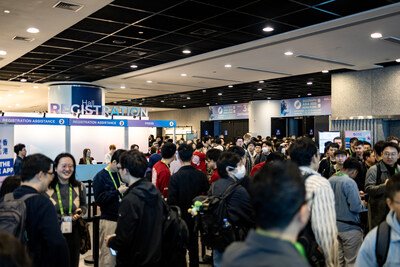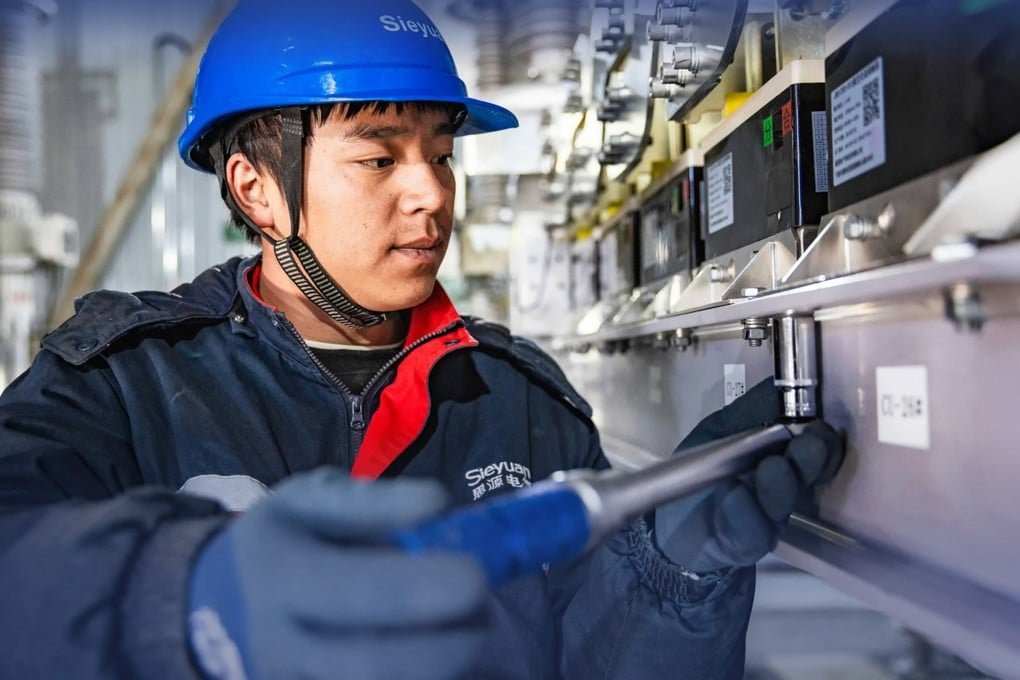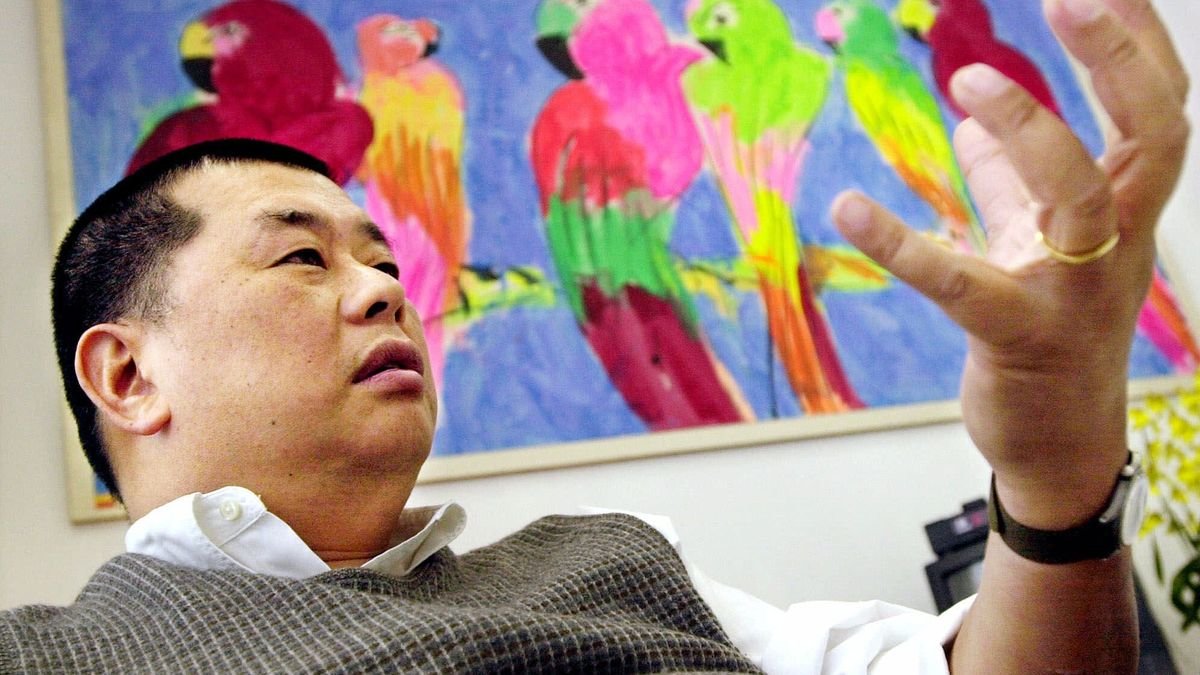
You'd be forgiven for wanting to skip straight to the end of this "unprecedented" (read: screwball) year and dive head-first into 2021. Before we do though, it's probably worth having a look at what the new year has in store for us. If we consider the beautysphere to be a sign of the times (which, judging from the unbrushed hair and plummeting deodorant sales, it is), the major beauty and wellness trends tipped to take off big-time are a solid barometer of the national mood.
So what's to come? Expect a scaled-down makeup bag to make way for skinimalism, a dialled-up focus on intimacy and sexploration, an open-minded approach to far-out wellness (because it's worth a shot, right?), and an even more stringent vetting process for brands that align with our ethos. In an inter-Covid era – and it's aftermath – solutions that make us feel better may well trump the ones that only make us look better. Though both helps.
These are the big 2021 beauty and wellness trends set to meet the "new needs" of our "new normal"...
Modern mystic
After a static year where we've had to press pause for far longer than we could have predicted, 2021 is about moving forward. "Manifesting is the new nesting" says Pinterest in a trend they've dubbed “Modern Mystic” in the Pinterest Predicts report. Searches for "manifestation techniques" have exploded by 105% on the online pinboard with users looking for tangible ways to make their dreams a reality.
The technique involves identifying what it is you really want and putting it out into the universe by saying it out loud. That's half the battle: knowing which direction you want to head in. Once you've planted the seed, though, you have to back it up with action. By curating your thoughts, you're bumping obstacles like fear, self-doubt and procrastination out the way to clear a path for yourself to the top. Essentially, it's cultivating your mindset. Bonkers or brilliant? Either way, it's worth a try.
Also set to gain traction in 2021 are protection crystals (which have seen a 100% uptick in Pinterest searches), fantasy map making (which is 3 times as popular now as it was a year ago), zodiac sign facts (to help glean more about our character traits and strengths) and visualisation techniques (searches for how to "visualise your highest self" are up 55%). Hence, mindfulness will be taking off in other avenues for 2021.
Emo beauty
There's always been a close link between skincare and self care, but this attachment has been galvanised in recent months. Continuing into next year, we'll be looking to our skincare to offer us sanctuary as well as efficacy. During lockdown, "our regimens took on a symbolic meaning as cleansing became the erasure of worries and masking not only replenished our skin but our energy levels," reveals Cult Beauty's founder, Alexia Inge in the Cult Beauty 2021 Trend Forecast.
Going forward we'll be looking for products that slot easily into our routines, while also offering a sense of security and stability over excessively powerful boom and bust formulas. In particular, we'll be looking for plush textures, soothing ingredients, gentle actives and calming scents. "Facials, masking, exfoliating etc are becoming more about aromatherapeutic, nostalgic, spirit-enhancing and emotionally supportive products with sensory textures and application techniques than, for example, removing dry skin," says Alexia. CBD remains a go-to ingredient and ritualistic and Ayurvedic brands such as Rituals, ESPA, Neom, Herbivore and REN will offer extra comfort-factor.
Homegirl beauty
They say our home is our castle. But this year, our homes have multi-tasked as our office, our social hub, replacement restaurants and our beauty sanctuary. Having spent so much time here (and with flexible working on the horizon for the future), we're starting to invest more into our digs.
"The home is being reinvented for maximum wellness," says Alexia. "Setting your pad up as a place of static-escape, womb-like nurture and safety is the new ‘wellterior’ trend," she adds. Home tech has spiked, with air purifiers from Dyson, Phillips and Blueair, smart thermostats from Nest and Ecobee and home fragrance diffusers from Neom and The White Company all seeing more uptake.
And, "lockdown has changed people’s perception of beauty treatment devices; how effective they are and how much they are willing to pay for them," explains Alexia. "This forced evolution of the at-home salon has created a market for £400-£2,000 devices like Theragun, DRx Spectralite FaceWare Pro and the Deesse Mask." Meanwhile, entry level tech, like face steamers (which have seen a 70% surge in searches), smart mirrors and high-tech cleansing devices from NuFace and Foreo are all making their way into more homes.
A renewed focus on our internal health has seen the at-home supplement market become more expansive, and crucially, more inclusive. "A democratisation is emerging that renders this traditionally elitist industry more approachable and playful," explains Alexia who flags brands like Hum, Solgar, Apothékary and Golde as the ones to watch.
And as our homes take on this new position as wellness sanctuary, brands are responding with new digital tools and services. "Phygital escapism is taking on a new meaning," confirms the Future Forecast 2021 report by The Future Laboratory. "From phygital spas to virtual hot springs, traditional wellness spaces are being rethought to combine ancient wellbeing practices with digital advancements," they say. ASMR has been utilised by brands as a sensory tool to induce calm and ease anxiety via millennial and Gen Z heartlands like Instagram and TikTok. Milk Makeup's ASMR audio-video clips of product swatches have gone viral.
"Tech innovations are also emerging that enable people to virtually experience the benefits of far-flung spa destinations. Arima Onsen in Japan has launched a virtual reality tour that carries viewers into its calming surroundings – even if they are soaking in their own bathtub wearing a VR headset," says the Future Forecast.
Bath time (or shower time), in general, has ascended into a sacred act of self care – and possibly the only time we can escape our other halves. Ritual baths are the new spa day with more people carving out the time for an upgraded bath experience. Pinterest has seen searches for "spiritual cleansing bath" increase by 180%, "full moon bath ritual" is up by 90%, "bath tea recipe" is up 60% and "deep soaking bath" by 145%.
All this means we can access the beauty experiences we seek without leaving our home.
Digital drugs
Following supplements, is the disruptive concept of digital nutrition, digital drugs and digital dosing. But rather than tackling physical issues, this targets issues of mental health. If you think about it, social media is a drug in itself.
It's addictive, it can directly impact our mood and science has shown how validation (or lack of it) on social platforms can play with our sense of self-worth. In exceptional cases we can medicate against the mental health impact of social media, but digital drugs questions whether there might be a better way forward, by dosing the digital content we consume.
"The drug business can be as virtual as it is real," Michael Moskowitz, founder of digital health innovator, AeBeZe Labs told The Future Laboratory in its Future Forecast 2021 Report. "It's not just powders and pills, it's powerful reactions with your brain," he adds. "On average, consuming digital content now accounts for more than half of the hours in our day – more time than we spend eating, drinking and sleeping combined.
Why do we have no authoritative method to measure, track or reveal what we're self administering or consuming?," says Michael. "Why don't we take an automated approach and algorithmically determine what we should hear, see or experience, and then self-dose with digital 'treatments' that can improve unwanted mood states when they crop up?" This could be things like automated counselling or mood-boosting videos designed to induce calm.
"One of the things we're developing is a Chrome-based plug-in so you can begin to track and monitor all of your exposure and grain precious insights into how your browsing is affecting your brain. It's not just tracking screen time, it will reveal a meaningful profile so you can map and monitor your digital behaviour directly," says Michael.
Cleanical skincare
The clean movement has successfully tapped into a millennial desire for sustainable and natural beauty routines. But amplifying alongside it has been the rise of anti-bacterial beauty. This year has made us seek safety from terms like "medical grade", "sterilised" and "clinically approved". The cleanical trend has emerged as a reassuring marriage of "clean" products created in clinical environments.
In fact, cleanical brands are taking the (as yet legally undefined and unregulated) clean message, and using technology to create plant-based formulas that overcome issues such as deforestation and over-farming. By taking single plant cells and re-growing them in the lab, brands like Biossance and One Ocean Beauty are able to create skincare that's incredibly effective and safe without harming the environment. And science-backed brands like Codex and REN are setting new industry standards for testing by proving the efficacy of their natural complexes with rigorous clinical trials.
"Marry the 'formulated without' philosophies of the 'clean beauty' movement, layer in the anti-contamination innovations and you have clinically led, concsiously formulated, lab-grown beauty for a new era and a new reinvention of 'clean,' confirms Cult Beauty's Alexia Inge.
Skinimalism
Chances are, you're already on this train. With lots of us working from home and speaking to colleagues over the phone rather than face to face, our makeup routine has dwindled as a nation. Instead of heavy foundation and tons of contouring; tactical concealer and lightweight tinted moisturisers have gained popularity.
Pinterest has seen four times as many users looking for "naturally glowing skin" and a 180% surge in users searching for "natural everyday makeup". Rather than wanting to look flawless, we've become comfortable with Natural Glam, the laid back beauty trend set to dominate 2021. Think full, fluttery lashes (we still love you mascara), and experimental eye makeup (the only thing on show thanks to face masks), paired with a base that lets freckles and minor blemishes do their thang.
The skinimalist movement has infiltrated our skincare regime too, which is where we've been focusing more of our attention during the pandemic. Skincare as a category has overtaken makeup, but the economic climate means we're still looking to be savvy about the choices we make. Multi-tasking products will help to make our skincare routine minimal but mighty. Duos like Kate Somerville's exfoliating ExfoliKate Daily Foaming Cleanser and Soleil Toujour's golden glow-bestowing Mineral Sunscreen Glow will cut down time and double-up on steps.
"It's the end of the caked-on makeup-look," predicts Pinterest. Instead, people will "embrace slow beauty and let their natural skin texture shine through." A bonus? It's chic, simple and sustainable.
Hair health
Self care for your hair will step up in 2021. You'll have already heard of scalp scrubs, but more innovation in the category and an emphasis from customers on products that nourish, mean hair will undergo a wellness evolution. "The scalp has huge wellness potential, particularly in the realm of aromatherapy – owing to how quickly essential oils applied there can hit your blood stream," explains Alexia. According to Cult Beauty's Trend Forecast, "Hair tea" infusions are a growing trend, "as the hair world is colonised by formats and ingredients traditionally associated with other forms of wellbeing, like the microbiome-boosting Scalp & Hair Serum by Gallinee or Davines Royal Jelly Superactive."
Our time going it alone while hairdressers closed mean many took the health of their hair in-house, utilising smoothing and split-end bonding products to improve the look and condition of our hair in-between cuts – a trend that will continue into 2021.
Condition-enhancing products have seen a huge uptick. Salon-led brand Olaplex, known for its reparative formulas sold 4,000 bottles at John Lewis alone from August. And Aveda has carved a niche for itself for naturally nourishing scalp-soothing, root-boosting and split-end-repairing formulas.
Plus clever hair innovations like Philip Kingsley’s Flaky Itchy Soothing Dry Shampoo (launching in January) which targets the root causes of dandruff and refreshes the scalp in-between washes and effective time-savers like Briogeo's Don't Despair, Repair! Spray-In Hair Mask will flourish.
Isolated intimacy
Essentially, solo sexy time is big – HUGE – for 2021. "With Covid-19 creating a crisis of closeness, new services are positioning isolation as an opportunity to re-assess the meaning of intimacy," says The Future Laboratory's Future Forecast for 2021. "While some are interacting with strangers online, others are using periods of lockdown to explore their own sexuality, whether through masturbation or less explored forms of pleasure."
Brands like Cult Beauty have seen a staggering 80% hike in interest around its female wellness category compared to last year. And sales of sex products on the website have seen an average increase of 61% since March. It’s a similar story at Singapore-based fem tech brand, Smile Makers. Revenue doubled for the brand and traffic to its site surged during lockdown.
Sexploration has hit an all-time high whether with a partner or alone. "The Wheel of Foreplay is a nascent tool from Australian technology lab Future of Sex, designed to inspire conversations and activity focused on pleasure in isolation," says The Future Laboratory's report. "The spin-the-wheel game lets users choose from categories such as ‘going solo’ and ‘long-distance dating' as individuals, couples or distanced partners."
And while we're getting down with our down-there, emerging technology is expanding to offer us at-home access to intimate healthcare. "Design studio Matter is exploring the future of smear tests with a series of design concepts that empower women to do at-home testing," reveals The Future Laboratory's Future Forecast.
"Under the project name Sukha, the three designs show how a common medical process can be simplified." Similar to inserting a tampon, the applicator is inserted into the vagina where an absorbent swab and smart device feedback information. Alongside encouraging women to check their intimate health more regularly, it overcomes issues of embarrassment or inconvenience. Clever.
Sleepcare
It's not new, but Sleepcare has seen a renewed impetus during a year in which 60% of us have experienced worse sleep thanks to anxieties around the pandemic, according to a study conducted by Kings College London. And our quest for quality sleep will continue into 2021 with audio stimuli ASMR, soothing soundtracks and unwinding rituals complemented by beauty products designed to strengthen our circadian rhythm.
Elemis' Peptide 24/7 works to get your skin in sync (triggering cell renewal at optimal points throughout the night, when your skin is in regeneration mode), while offering up a relaxing "Night Scented" oil to help you drift off. And Murad's Night Fix Enzyme Treatment repairs skin overnight with a Tri-Enzyme technology and sleep-inducing scent.














